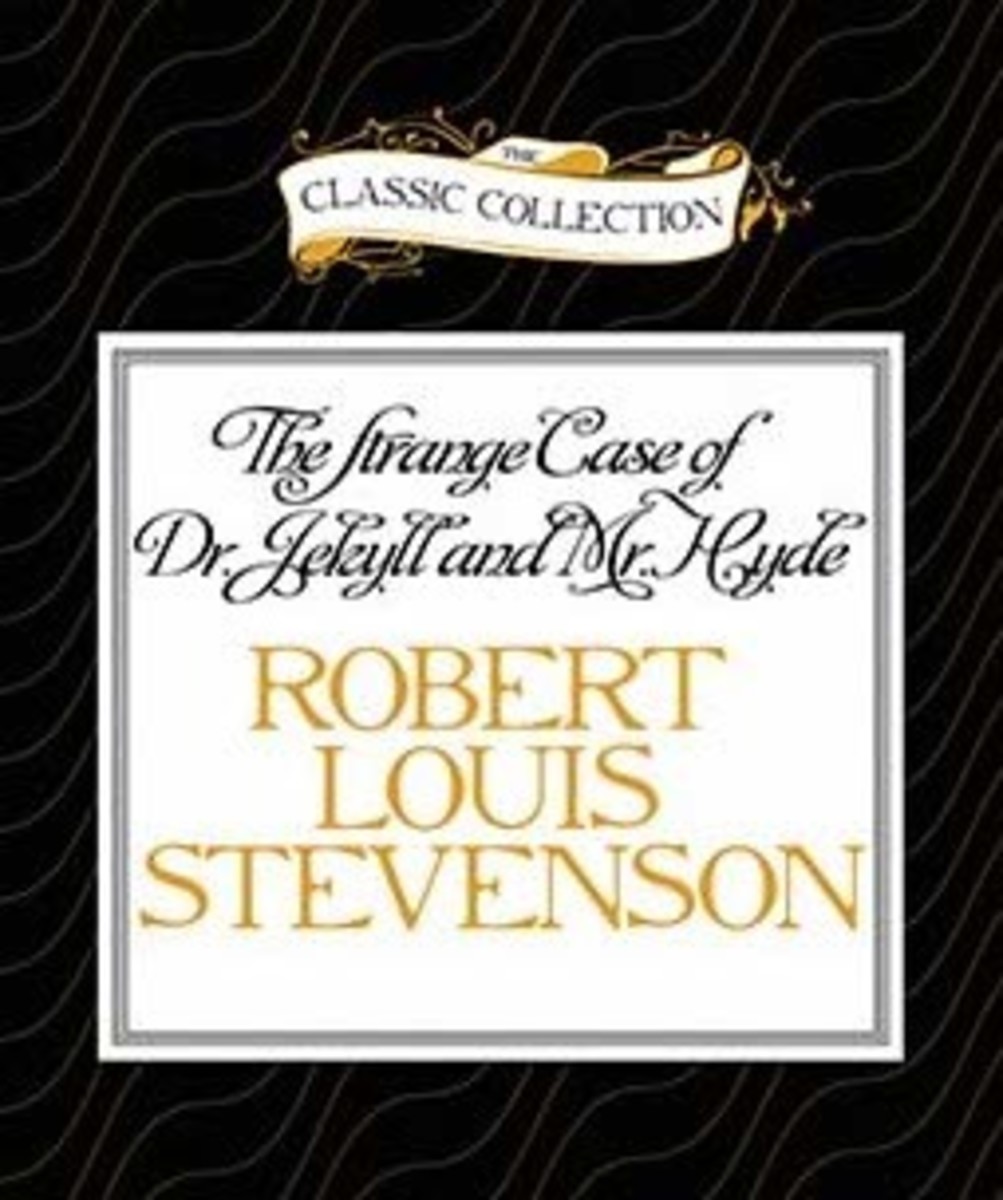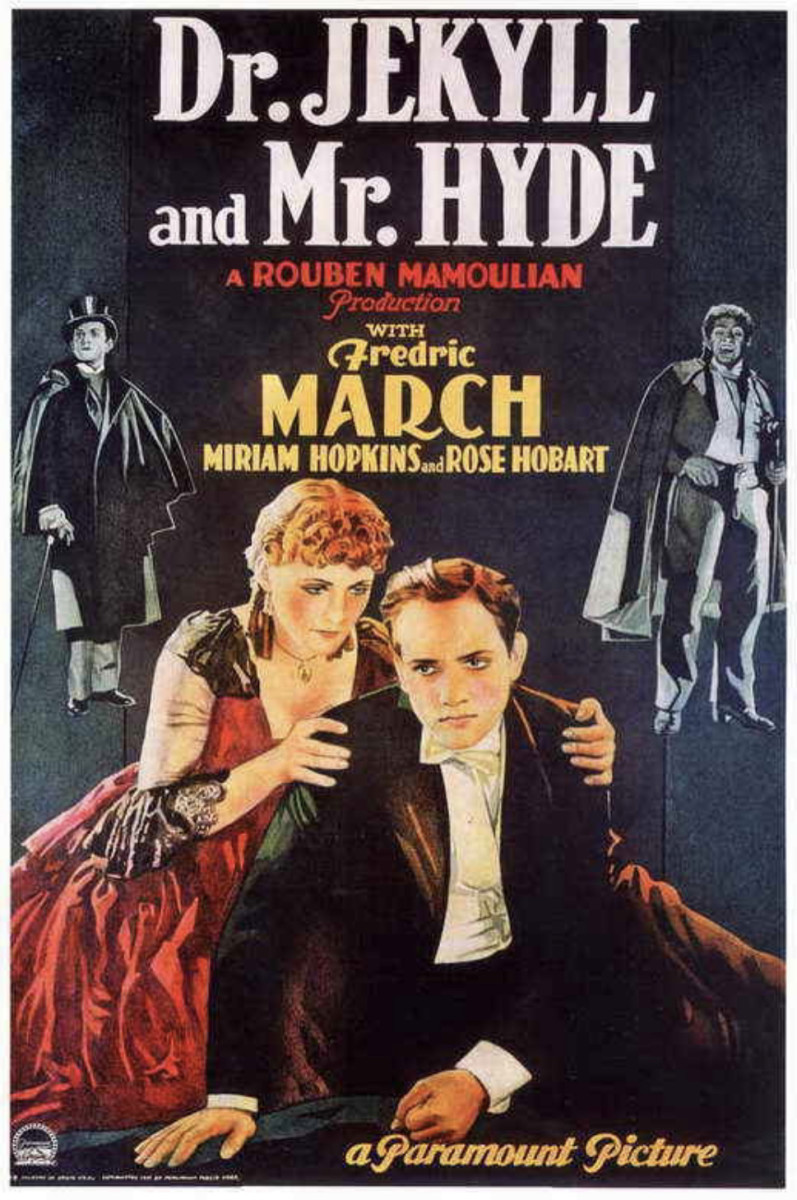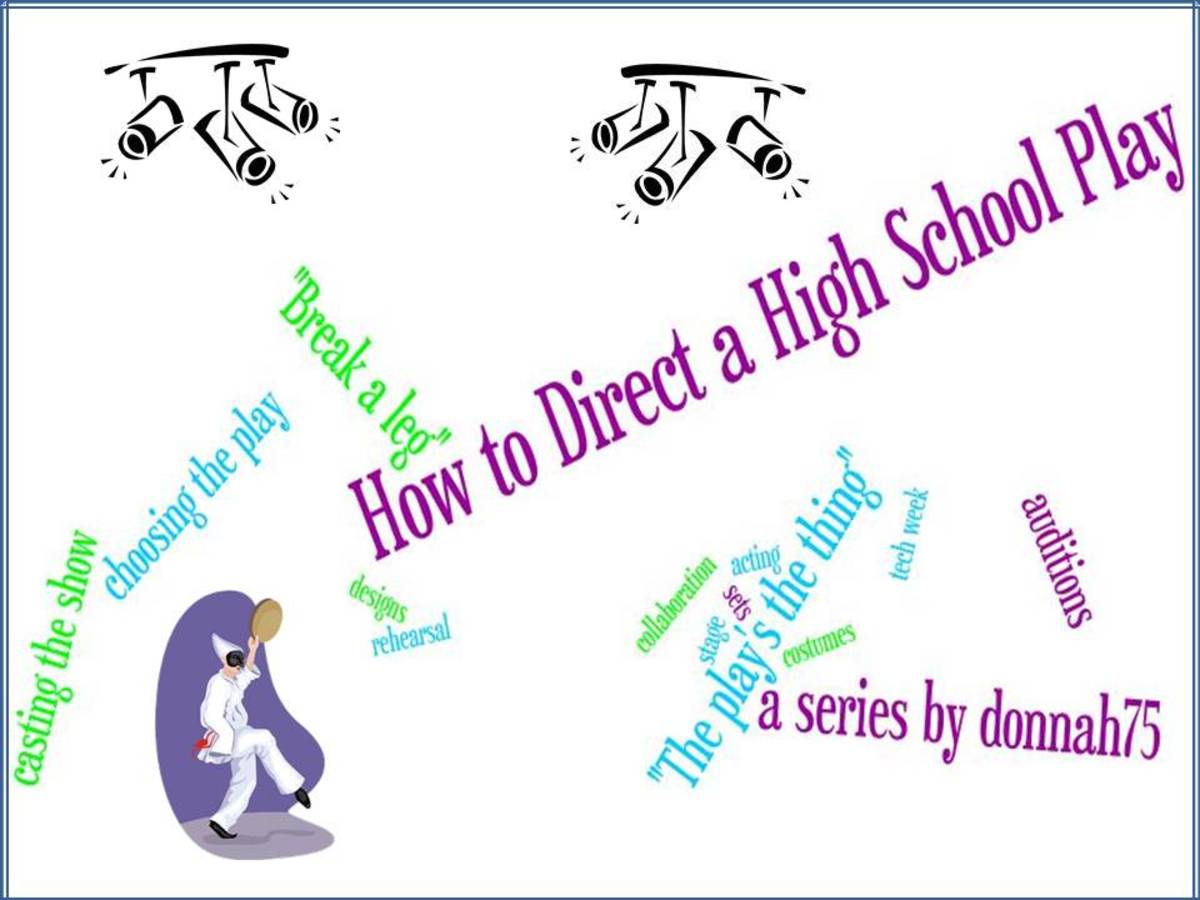Increasing ESL Student Engagement with Penguin Simplified Readers
Teachers love the buzz of engagement when we put the students into groups and hear the room erupt into conversation, questions, interaction, and real-life communicative language. At these moments when we step back and observe the class, circulating, listening, hearing real English and seeing them smiling, laughing and enjoying each other’s ideas, we know this segment of the lesson is working. Eric Mazur (http://mazur.harvard.edu/education/pi_manual.php) is a converted lecturer who talks about the values of peer instruction in the classroom as a way of developing student understanding of concepts and creating real-life learning opportunities to engage with course material, communicate with peers, develop critical thinking skills and check their own learning. In my ESL classroom I have found Penguin simplified readers a key element to develop this kind of buzz in my reading, oral skills, and writing classes.
Confessions of a Converted Lecturer

The Strange Case of Dr. Jekyll and Mr. Hyde
One of the readers on the Penguin list that has been well-received in my Advanced Reading class is Robert Louis Stevenson's The Strange Case of Dr. Jekyll and Mr. Hyde. In this story, a man of wealth, education and social privilege, trained as a doctor and scientist, experiments with mind-altering drugs that enhance his double personality until he loses control of his dark side. Young adult international students are interested in the crime and mystery of the story, the notion of addiction, the nature of desire, and the question of whether human nature is essentially self-serving and evil when unrestrained, or essentially good. The class discussion gets quite heated.
One way I use this book in my classroom is to assign the reading for a certain date, then set a 15-minute reading completion Quiz at the beginning of class. This may be my own true/false questions, or may incorporate Study Questions from the back of the Penguin edition. Here is an example.
Reading Completion Quiz for Dr Jekyll and Mr Hyde
Part A Answer T if the statement is true, and F if it is false.
1. _____ Mr. Enfield says he had seen a man knock over a girl late one night, and then stay to help her.
2. _____ Mr. Enfield cannot describe clearly the man he had seen.
3. _____ Mr. Utterson, the lawyer, thinks there is something unnatural about Mr. Hyde.
4. _____ Dr. Jekyll began his double life when he first took his new drug.
5. _____ Dr. Jekyll hated the feeling of pure evil that controlled his body after he swallowed the drug.
6. ____ After Mr. Hyde killed Mr. Carew, Dr. Jekyll decided never to bring Hyde back to life..
7. _____ Dr. Jekyll became Hyde again but he couldn’t get to his drugs.
8. _____ Dr. Jekyll hoped that Hyde would have the courage to kill himself before he was captured.
Part B Referring to the novel Dr. Jekyll and Mr. Hyde, write a paragraph of eight to ten sentences to answer the question: if you take away the sense of shame and responsibility, will the evil side of a person always be stronger?
Small Group Peer Instruction
Once the time is up, I collect the student papers, then distribute a second copy of the same paper, put them in groups of three or four and tell them to help each other do it again. They need to persuade their group that their answer is correct, and why. They are to help each other find textual evidence to support their answer. This involves skimming and scanning to find specific information, picturing the whole story in their head and being able to jump around in it to find the part they need, and to identify exactly the keywords in the text that pin their idea down. These are all crucial critical thinking and study skills that college preparatory students, especially students of English as a Second Language, need to practice. In groups they can help each other, and the stronger students can guide the weaker ones. Once the groups have done their best, we take it up as a class, identify and discuss the key passages, and talk about the story and their responses as we go. Then, in an in-class writing assignment or for homework, they write a second draft of the worksheet, incorporating the in-text citations into their sentence answers.
In fact, this ability to paraphrase ideas from reading and use correctly in-text-citations is another academic skill that is unfamiliar for many students, and may need specific instruction. I give them an example in class, and use a worksheet like this one:
Using paraphrasing and incorporating in-text quotes
Sometimes academic teachers will ask you on tests to write short sentence answers and give evidence from your reading to support your point. Here’s what to do.
- Restate the question so there is a subject and a verb in a complete sentence.
- Make the grammar of your sentence fit with the grammar of the quote.
- Use quotation marks to show words from the text.
- Sometimes you will have to adjust the words from the quote to make it fit your grammar. [When you change, put the edited words in square brackets.]
- Include the page reference.
Example:
1. It is not true that the man Mr. Enfield had seen stayed to help the
girl, for on page 3 we read that the man “stepped... on [the girl’s] body”
and “left her... on the ground.”
I find Penguin simplified readers a valuable teaching resource for developing reading, writing and critical thinking skills. Everyone loves to read a good story, and many of these books are classics of world fiction. Accordingly, they open doorways to conversations about historical and cross-cultural values, moral choices, human motivations, and life lessons characters learn as the stories unfold. They provide lots of room for teachers to find creative ways to use them in reading, writing, oral and integrated skills classes at all levels.
Other Penguin simplified readers that I have used include Cinderella Man, Walkabout, Gandhi, The Portrait of Dorian Gray, and Anna Karenina. Check back soon here for more details about these.






